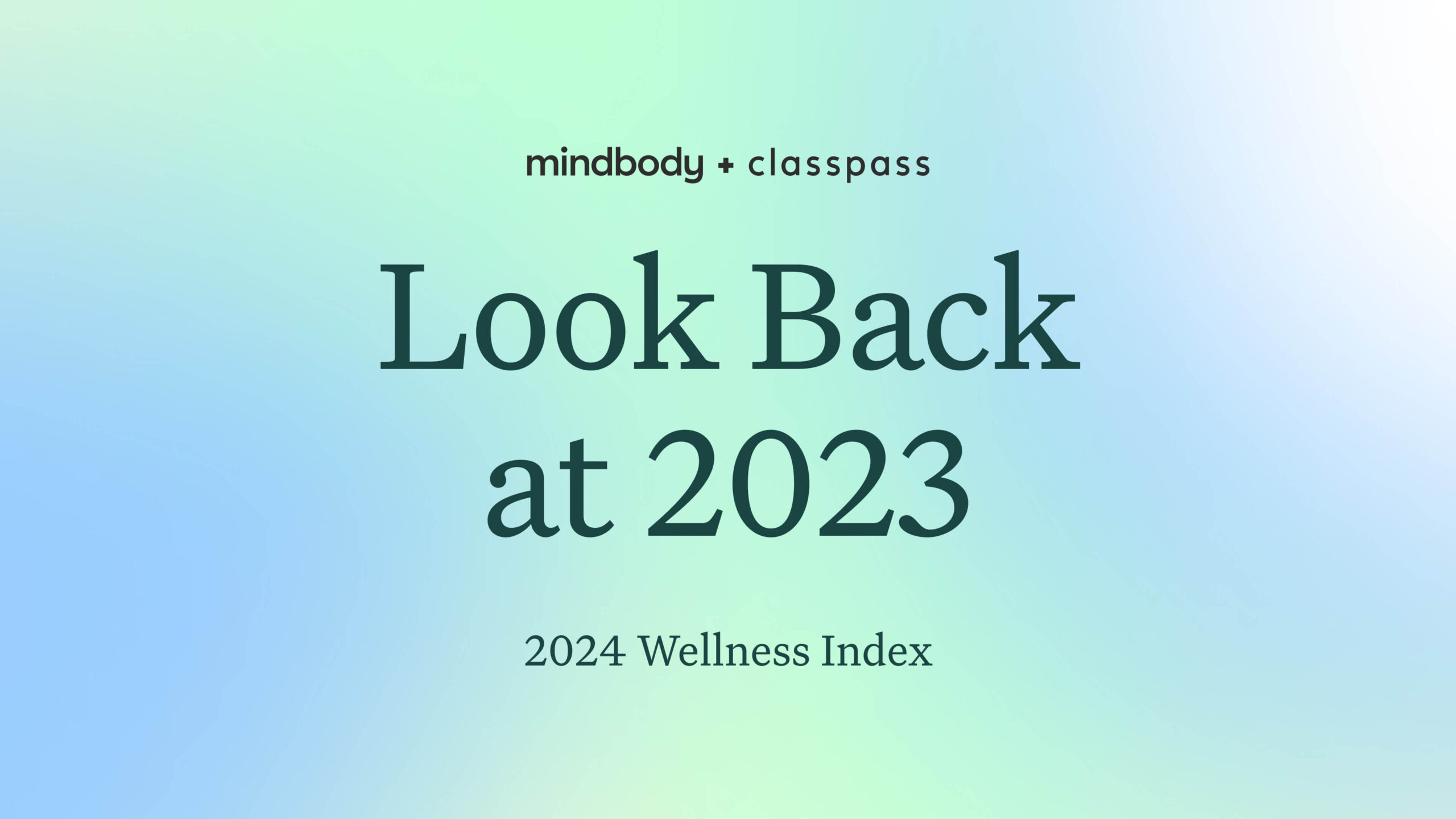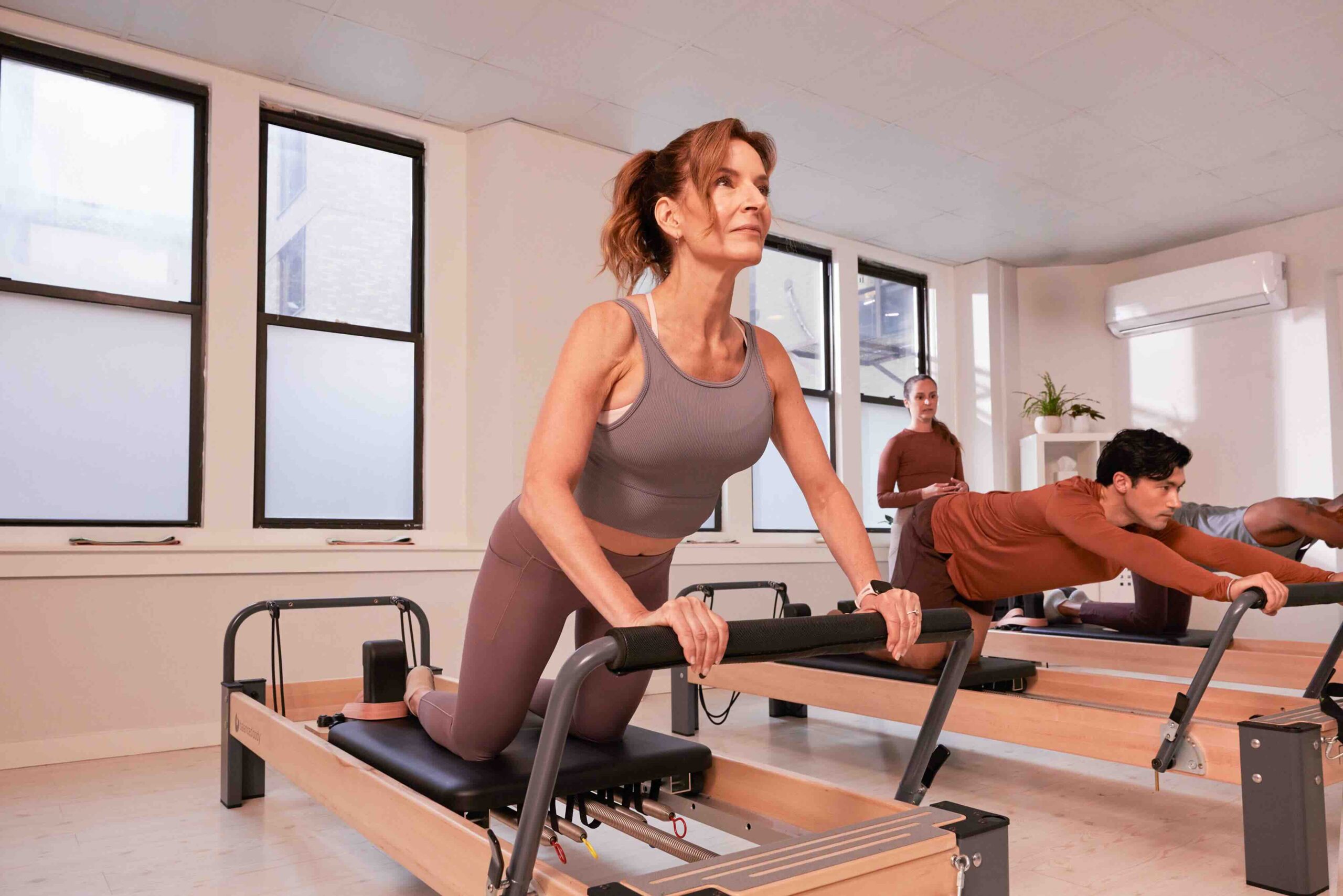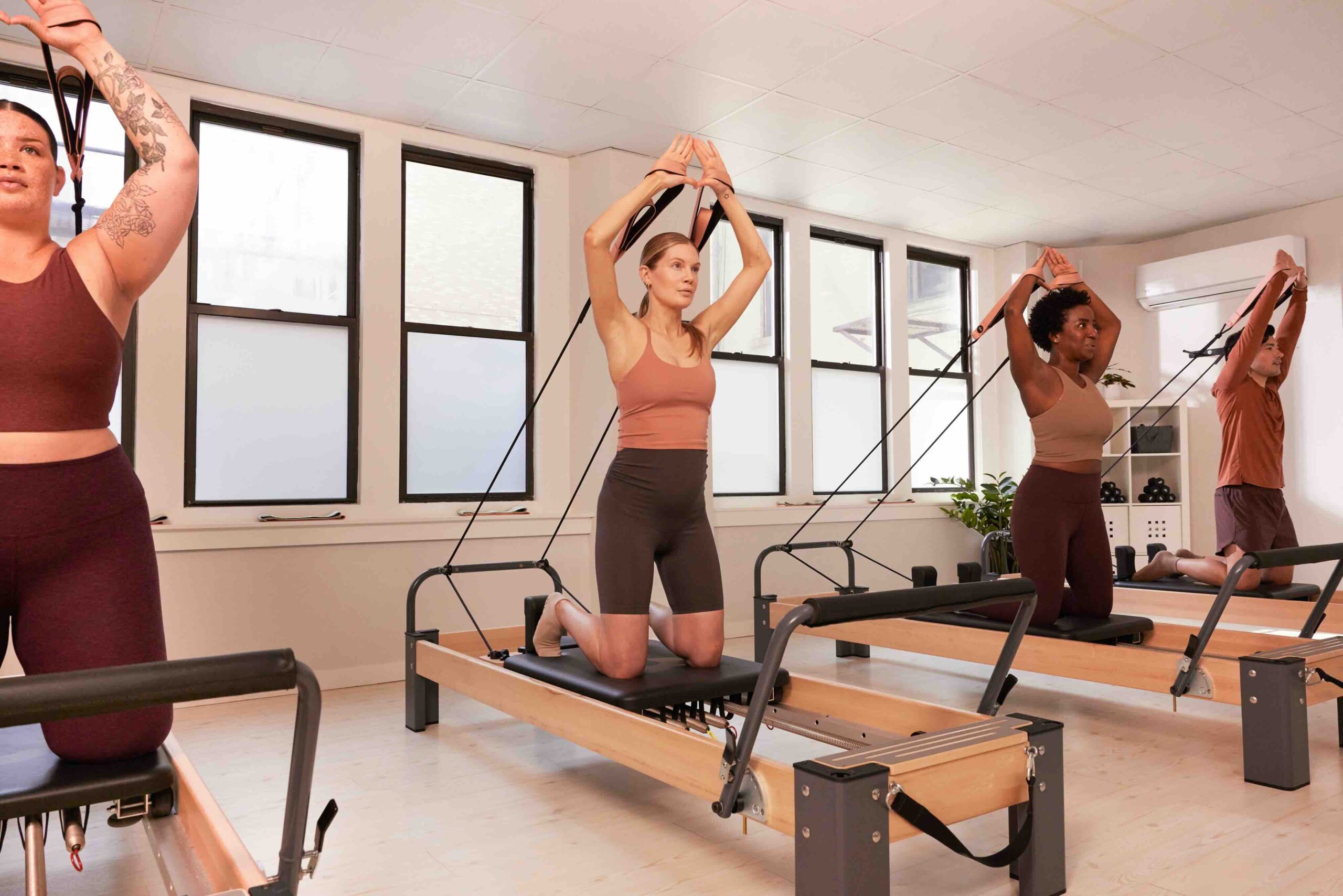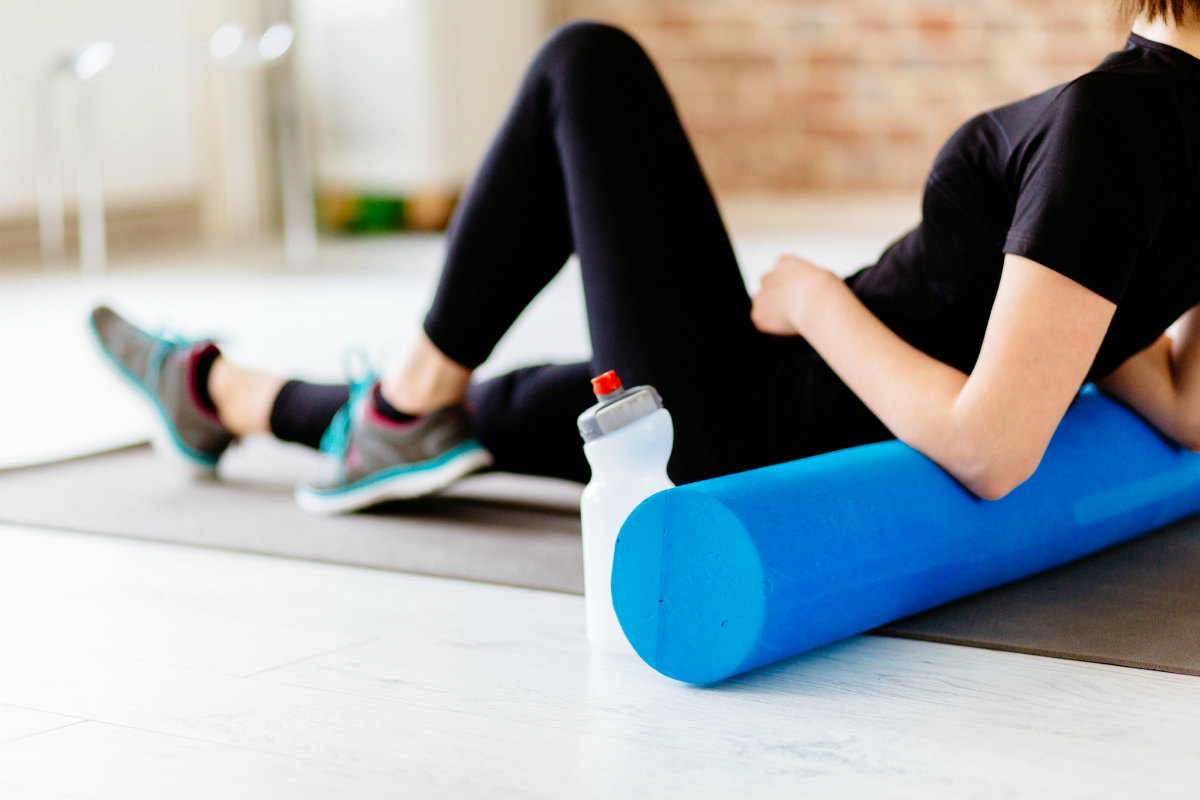Foam rollers aren’t just a passing trend. Physical therapists, personal trainers, and professional athletes alike all praise the numerous health benefits of foam rolling. Foam rollers are a relatively inexpensive piece of lightweight equipment that you can use to “roll out” muscles and tissue that is sore or tight. When using a foam roller, you use your own body weight for leverage, making it much safer than using the heavy machinery you find in the gym. The most common use for a foam roller is to relieve soreness post-workout or for injury recovery, but it can easily be incorporated into your workout routine as a regular method for keeping blood flowing to your muscles and connective tissue.
Diane Allan, Fitness Training Coordinator at Golden Door Spas, weighs in on exactly how to use a foam roller. “Foam rollers are effective in improving posture, flexibility, balance, core strength, and joint mobility,” Allan says. “It is also used for myofascial release, or ‘rolling out’ muscles to improve circulation, and to relieve tension in muscles and connective tissue”.
[sc name=”saveupto70off” ]What are foam rollers?
Fitness instructor Henry Halse says foam rollers are, well, basically what they sound like: cylinders of hard foam, either one foot or three feet in length. They come in all shapes and sizes and have different densities. The firmer the foam, the more painful it might be to use. Start with a softer foam roller to figure out what level you’re ready for, especially if you feel tight.
Why should I use a foam roller?
According to personal trainer Trisha DaCosta, foam rolling is a technique used to release muscle tightness and trigger points, bringing the muscle back to a healthy state. The technique is useful before a workout since it loosens things up, as well as after a workout to massage the muscles. It can also be used in between workouts to keep your body fresh, limber and healthy. If you sit at a desk all day, the foam roller is an absolute must, since it works to relieve the tension that builds up all day.
Which muscles are foam-rollable?
Halse recommends foam rolling your calves, hamstrings, quads, glutes, adductors, lats, chest and upper back. Avoid foam rolling your lower back, which could lead to injury, and don’t directly foam roll over joints, like your knees.
How do I foam roll correctly?
Foam rollers should be used on the floor. “You essentially want to use your body weight as pressure to roll back and forth over muscles,” Halse explains. “Put the body part you want to work on the roller, and roll it back and forth at least 10 times.” Make sure you do both sides to make it even.
Why does foam rolling hurt?
“You may find a spot that is particularly painful,” Halse says. That’s because the muscle you’ve landed on is tight and needs to be loosened up. “Stay on that spot, breathe and relax until it is less painful, then continue rolling,” he recommends.
How often should I foam roll?
Ideally, you should foam roll several times a week, says fitness author Jennifer DeCurtins. “Spend about 30 seconds on each muscle group, and increase that time for areas where you experience tightness and pain,” she says.
Will foam rolling make my workout better?
Heck yeah, it will. When you’re at class, you want your body to perform at its full potential, right? “As part of dynamic warm-up, foam rolling applies pressure to the knots and pressure points in our body,” DaCosta explains, “and opens them up to allow us to perform our workout at our most optimal state.”
How to Choose a Foam Roller
If you’re new to foam rolling, or have an injury that you want to nurse, soft rollers may be a nice option for you. “The soft rollers are beneficial for rolling out (myofascial release) muscles that are very tight and/or sensitive,” Allan says. “They may also be preferred during core exercises for individuals who are more sensitive to pressure on the spine”.
Buy it now: Brazyn Life, $68
Standard Rollers
If you’ve done foam rolling, or aren’t scared to jump right in for your first time, pick a medium density roller. “Standard density rollers are most often used for core exercises and myofascial release,” Allan says. For just the right amount of firmness, try this option by Trigger Point Therapy.
Buy it now: Trigger Point Therapy, $35
Firm Rollers
“Firm density rollers are preferred by a smaller percentage of people in our experience,” Allan explains. These types of foam rollers are often best left for the experts, so if you’ve never tried a foam roller before, try using these under the supervision of a personal trainer, physical therapist, or trusted class instructor. The harder nature of these rollers allows users to get deep into the muscle tissue.
Buy it now: Orthopedic Physical Therapy Products, $70
How to Use a Foam Roller
Once you’ve picked out a foam roller for your level of expertise, there are many different uses for them.
Core Exercises
Your foam roller can be used for more than muscle release, Allan recommends a variety of core exercises that you can do. Some of her suggestions include pelvic tilts, isometric abdominal exercises, bridges and modified bicycle. These exercises strengthen the pelvic area and help increase spinal stability, resulting in improved posture.
Postural Exercises
Like with the core, the back body can be strengthened using these tools. “The foam roller can be used horizontally under the lower back to stretch by bringing the knees to the chest,” Allan explains. “You can also stretch the hip flexors by bringing one knee to the chest, while the other leg is extended towards the floor”.
Myofascial Release
The most common forms of foam rolling are those exercises used for myofascial release. Though initially awkward feeling when you’re getting into the deep tissue, releasing tissue by rolling up and down on the foam roller often provides great relief. Allan suggests rolling out the glutes, quads, calf muscles, mid-back and the IT Bands (the connective tissue from your outer hips to the outer thighs). We carry a lot of stress in our connective tissue, and rolling out the IT Bands can be a great stress-relieving tool.
With these simple steps and the right foam roller, you’ll be set for a new addition to your workout routine!
Looking for more foam rolling guidance? Check out The Best Foam Roller Exercises for Your Entire Body and How Do You Really Use a Foam Roller?







